The Douglas F. Cooley Memorial Art Gallery, Reed College, is proud to present Dark Moves: Fabiola Menchelli & Heather Watkins.
Fabiola Menchelli and Heather Watkins are artists deeply invested in the sensory nuances and perceptual intricacies of luminescence, as well as its orbital complement—darkness (and shadow). With methodologies drawn from poetry, cosmogony, and scientific experimentation, the artists transform materials through meticulous and embodied forms of touch and transference. After decades of engagement, the artists have become the mediums of these transmissions—receiving and reciprocating the energies that breathe through their work, and their bodies, turn by turn. Conceptually and physically, it is the infinite granularity of darkness that grounds their sightlines. Shadow becomes a medium in the artists’ hands, multiplying the organic curves and honed edges of their work across the hemlock floors and deep, azure walls of the museum. Menchelli and Watkins synthesize color, line, and form in ways that dematerialize modernist geometries, diffusing planarity into soft-hued angles and flowing pours. They are seekers of the indefinable in-between, where intentionality and the unconscious meet, rising like a sunset on the other side of the earth.
Working together over a two-year period, and working between Portland, Oregon and Mexico City, the artists studied one another’s processes and intellectual interests, discussing readings, and collaborating with Cooley on the design of the exhibition. As they opened to one another’s work, and themselves, Menchelli and Watkins considered the phenomenology of the exhibition from artistic, as well as personal, perspectives. Menchelli states: “Heather and I kept having conversations about blindness and the experience of darkness—not as a cold and distant place, but as a place to inhabit and observe.” The voids and folds throughout the exhibition become moments of disappearance, reversal, and refraction—particularly in the center of the Cooley, where a hexagonal room with open ends echoes the internal geometries and shadows of Menchelli and Watkins’ work. As viewers move through, and around, the hexagon, their bodies describe the lemniscate—the symbol of infinity (∞).
Fabiola Menchelli brings radical, new dimensionality to her most recent color photograms, transforming them into kinetic, sculptural events. This occurs when Menchelli mounts the completed prints onto a thin, stainless-steel plate that she bends, via machine, along the folds of the image. Menchelli explains: “I make this work in complete blindness in the darkroom, folding the photographic paper and exposing it to various color filters, sometimes solarizing the prints in the developing bath, pushing the image to its limits. The process feels like a blind choreography of unscripted motions—a set of unrehearsed variables that I improvise each time. The uncertainty of the process frees me, and frees the work from the prejudice of preconception. It is a process of learning and unlearning—of experimenting and ‘failing better’ each time, to use Beckett’s phrase. This unraveling feels uncertain and exciting. It has made me reconsider the fixed mechanisms of observation that we impose upon the body, upon observation, and upon our perception of ourselves. The act of observation goes beyond vision and can be a gentle and generous approach—pushing against the historical violence of the camera, shooting and capturing images that capitalize reality. Instead, I want to turn the lens inward, even remove the camera altogether, and let the physical structure of the medium define itself, expanded and unfixed—liquid, open and multiple.” The completed pieces become an abstract portrait of the interaction between Menchelli’s body and the photosensitive paper, as they dance in total darkness for hours at a time. We feel this choreography in the layers of translucent color and shape that traverse the peaks and valleys of the steel. The finished pieces exude strength and volition, yet retain the poetic lightness that characterizes Menchelli’s visionary, camera-less photography.
Heather Watkins’ refined, and weathered, standing sculptures resemble textiles and drawings deconstructed into dimensional form. The rising arrangements begin on low plinths, delineating plots where time slows to the pace of Watkins’ sophisticated dialogue with form, and its shadow. Watkins enacts and re-enacts the elements of each installation in situ, over days, and weeks, as though writing or interpreting a text. The work’s phenomenological grammar is her private poetry. In fact, her small, atmospheric ink drawings—Before Things—interpret the first book of Ovid’s Metamorphosis. They are hidden within the space, on the cusp of luminescence. Atop the arrangements’ formal stacks of reclaimed wood and pedestals, designed by the artist, paper sculptures bend and arc. Their elegant and sinuous contours shimmer with the evidence of their past lives as drawings—gorgeous black ink-pours that Watkins held at the edges, and guided to resolution. Dark upon dark. To create the present-tense objects, Watkins excised the flowing lines, shifting them from darkness to light. Watkins offers a beautiful description of the process as it relates to her broader vision of perpetual creation: “The works in the exhibition take the process of creation through multiple, successive actions and gestures, each move informed by the last. The ink drawings that I transform into sculptures, for instance, trace my body’s movements as I guide the liquid across the paper, working with, and against, gravity, and participating in their formation in a vulnerable, yet physically immediate way, with heightened senses. I return to them with a blade, tracing their edges, drawing them out, and lifting them into new realities. Freed from their grounds, the fluid lines become something else—spatial, precarious, open, and unbounded.” Processes of sustained transference have evolved throughout Watkins’ work over decades. In Dark Moves, they are accompanied by numinous gold reliefs, created by imperceptible forces that oscillate with a fluid lyricism, in dialogue with Watkins’ evolving, sculptural project.
Like cosmic sisters, Menchelli and Watkins embrace the dialectic of darkness and light as a dialectic of purpose—an illusion of permanence allowing the mind to pause and reflect: and beyond that, to survive. What cosmic phenomenon is more fundamental to how we imagine ourselves than our struggle for self-realization through the earth’s diurnal rhythms? We live this moment every night—the moment dark and light separate—and we were born, wondering. As the curator of the exhibition, it has been a remarkable experience gaining so much knowledge about, and supporting the work of, these two brilliant and dedicated artists.
I am full of, and shadowed by, enduring gratitude and affection.
—Stephanie Snyder, John and Anne Hauberg Curator and Director, Douglas F. Cooley Memorial Gallery
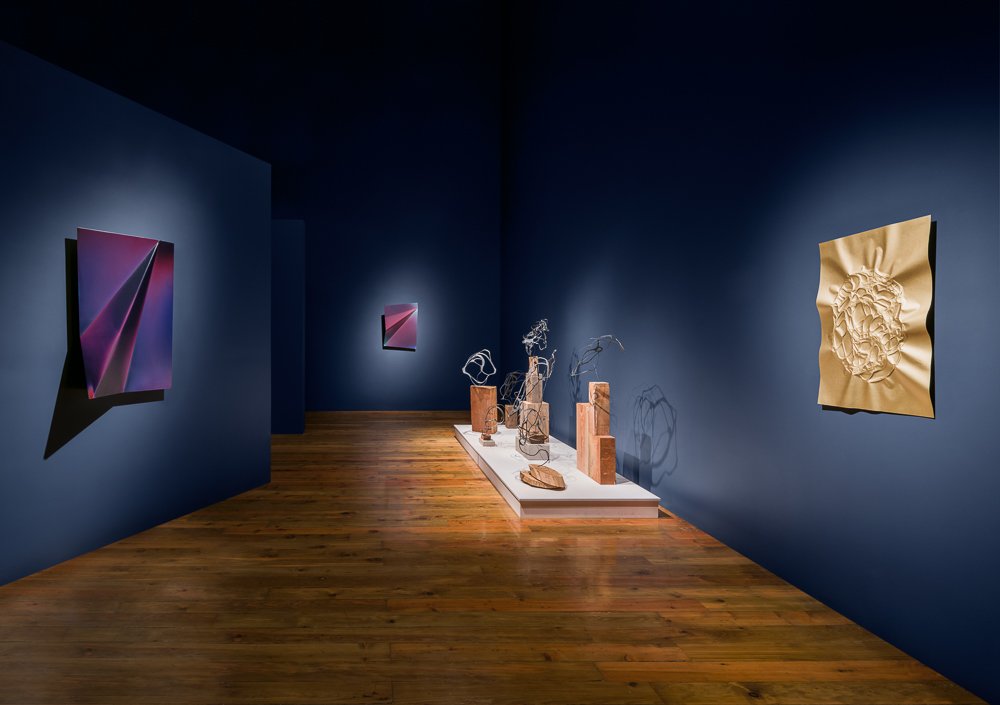
Douglas F. Cooley Memorial Art Gallery, Reed College. On view February 16—May 14, 2023
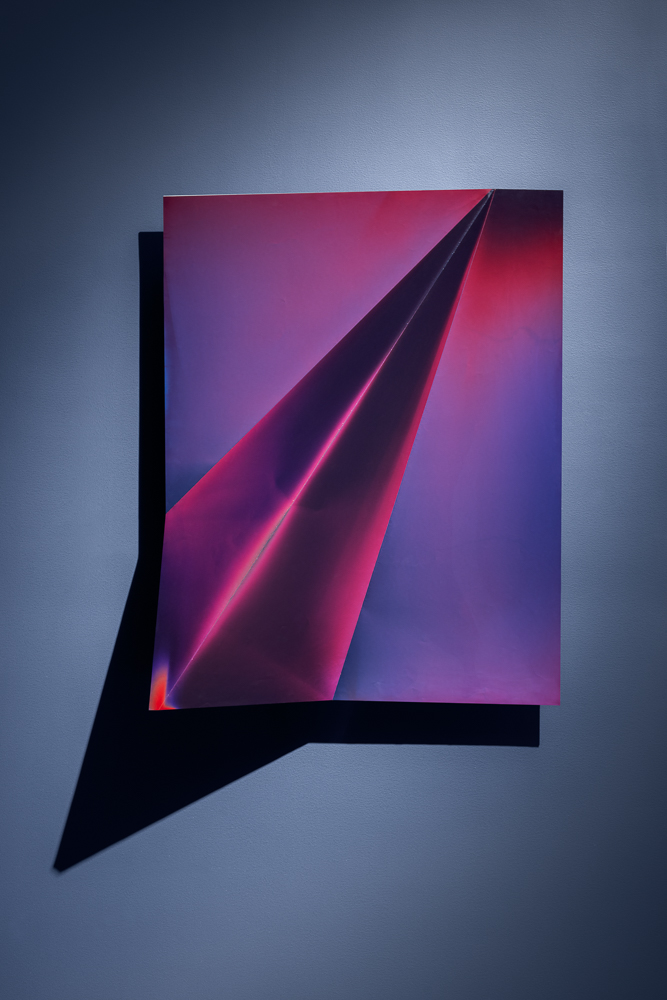
Douglas F. Cooley Memorial Art Gallery, Reed College. On view February 16—May 14, 2023
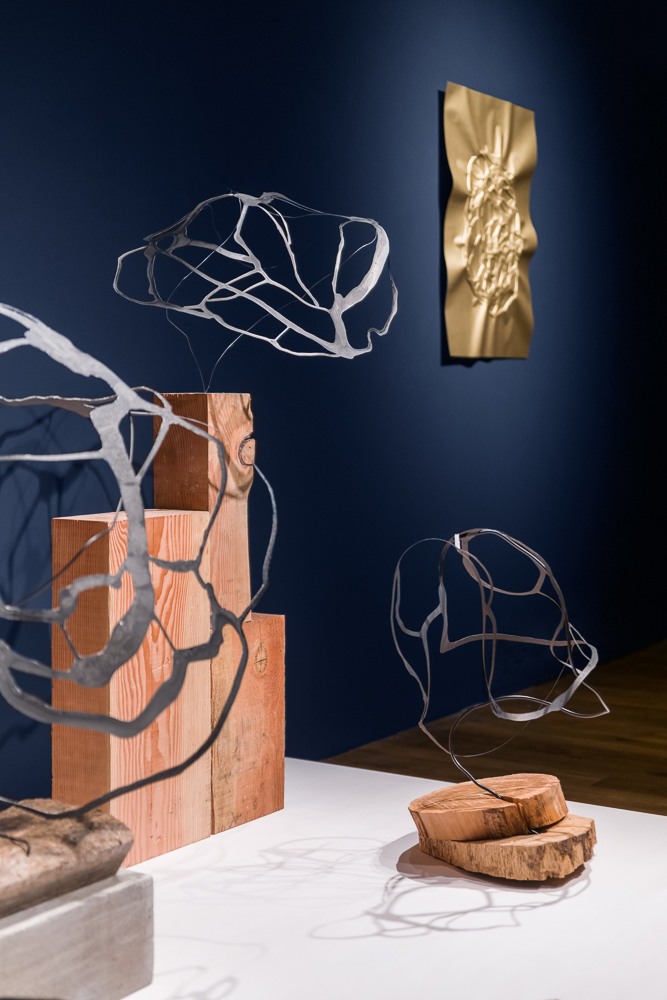
Douglas F. Cooley Memorial Art Gallery, Reed College. On view February 16—May 14, 2023
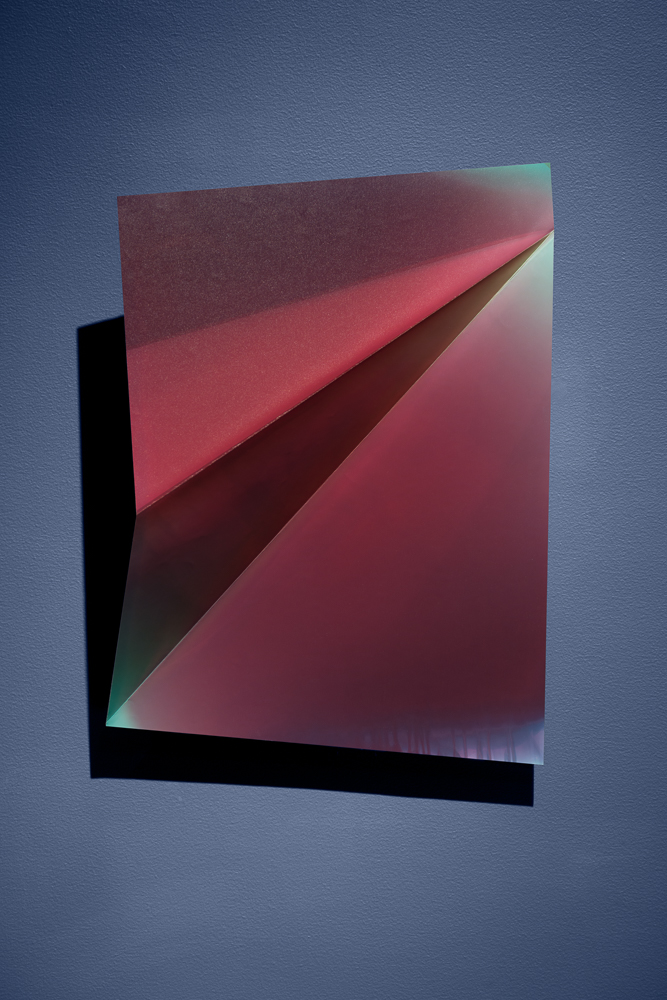
Douglas F. Cooley Memorial Art Gallery, Reed College. On view February 16—May 14, 2023
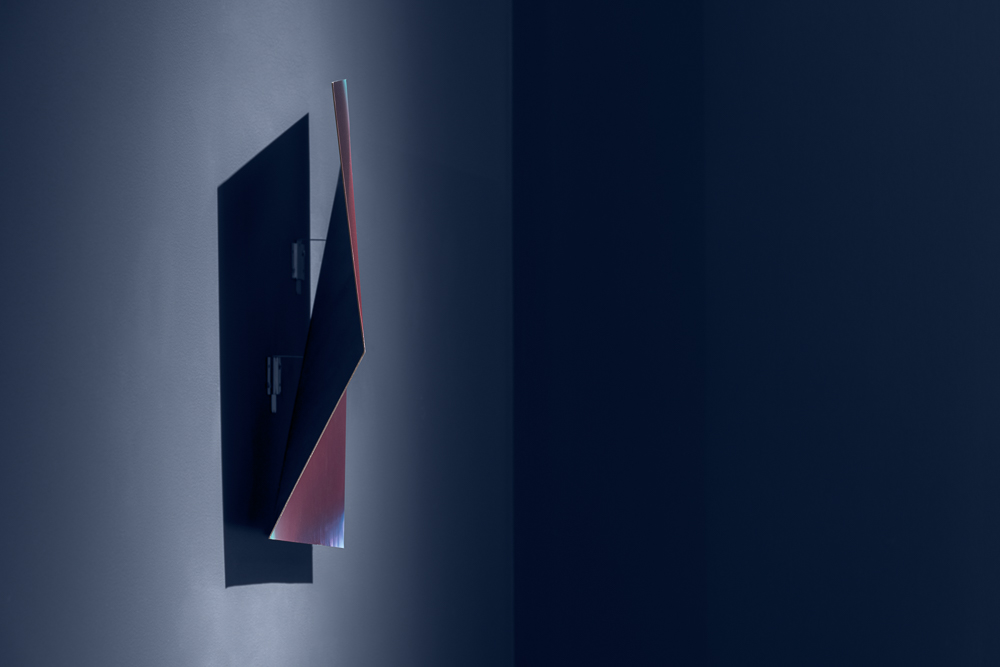
Douglas F. Cooley Memorial Art Gallery, Reed College. On view February 16—May 14, 2023
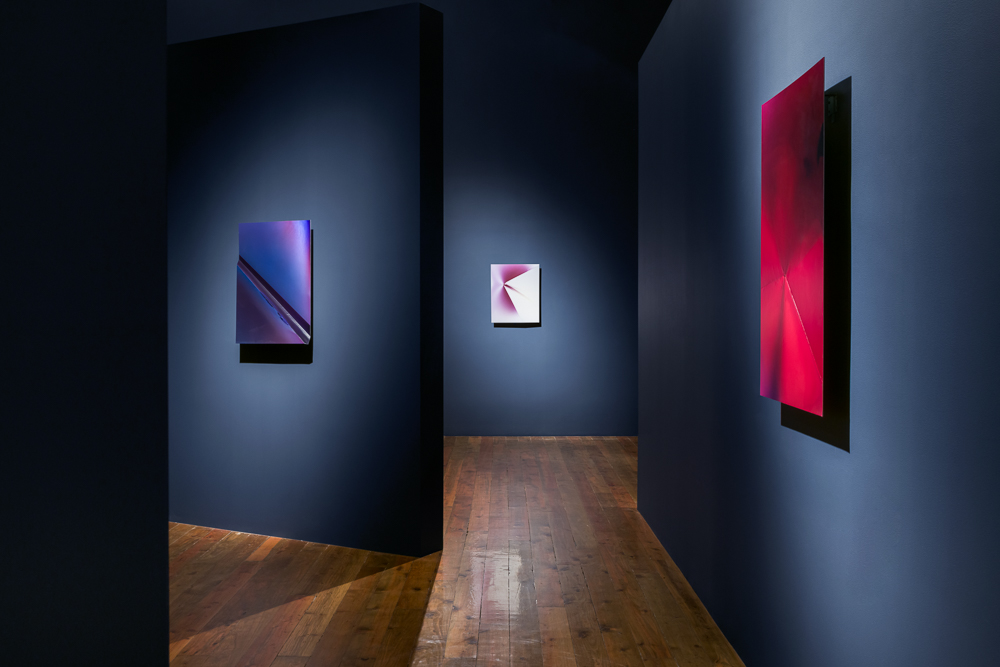
Douglas F. Cooley Memorial Art Gallery, Reed College. On view February 16—May 14, 2023
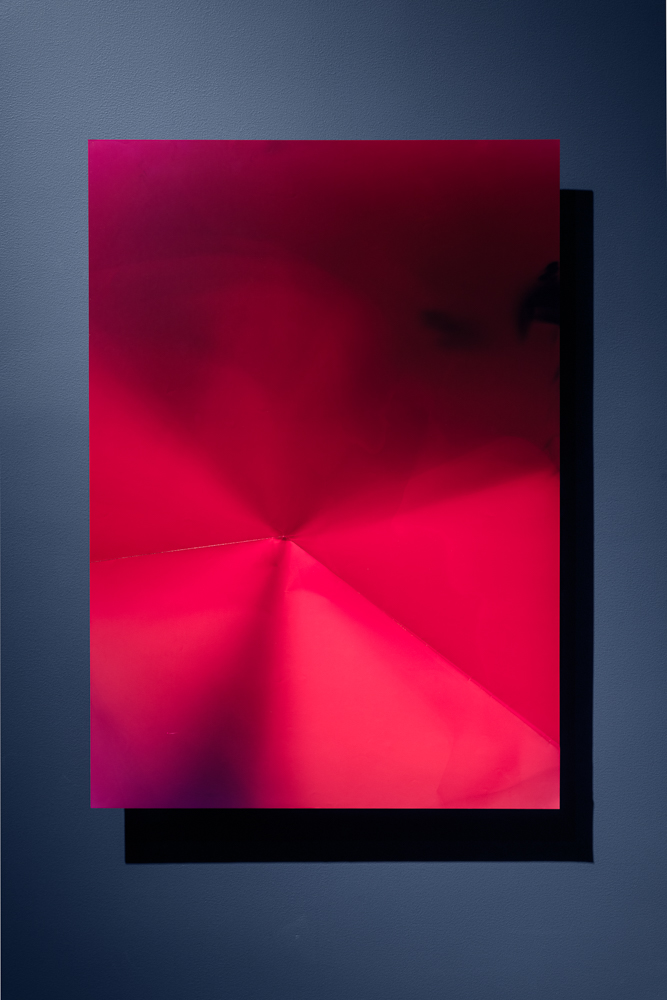
Douglas F. Cooley Memorial Art Gallery, Reed College. On view February 16—May 14, 2023
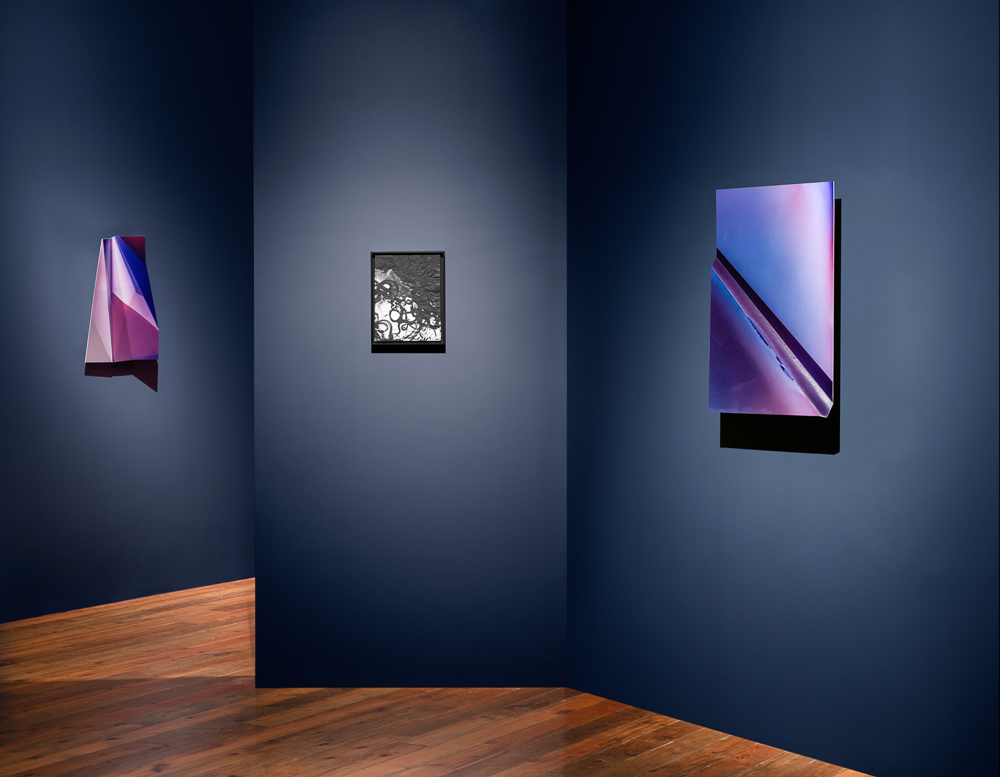
Douglas F. Cooley Memorial Art Gallery, Reed College. On view February 16—May 14, 2023
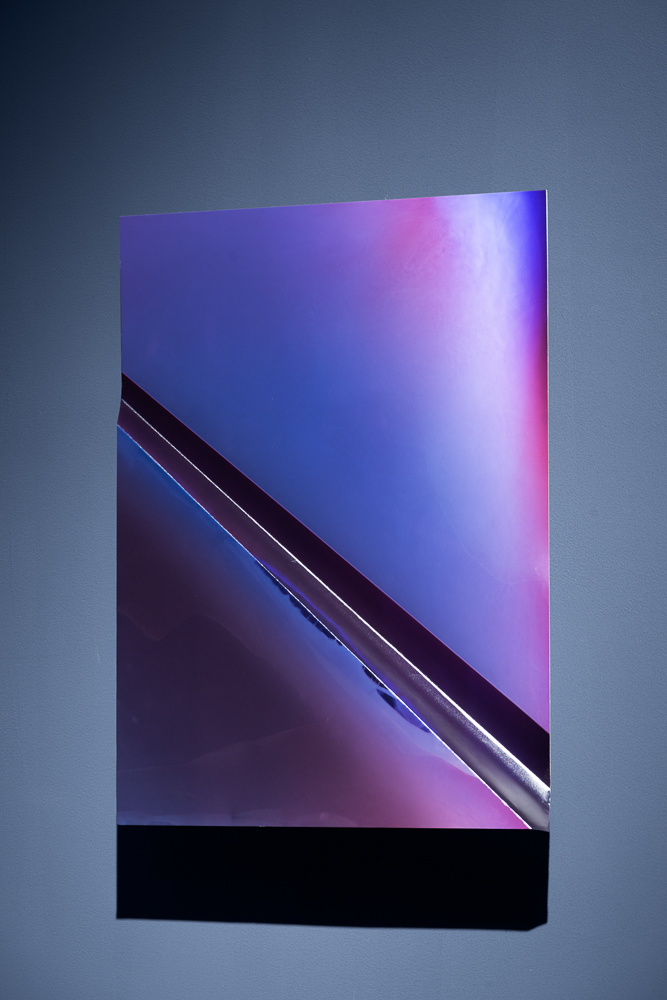
Douglas F. Cooley Memorial Art Gallery, Reed College. On view February 16—May 14, 2023
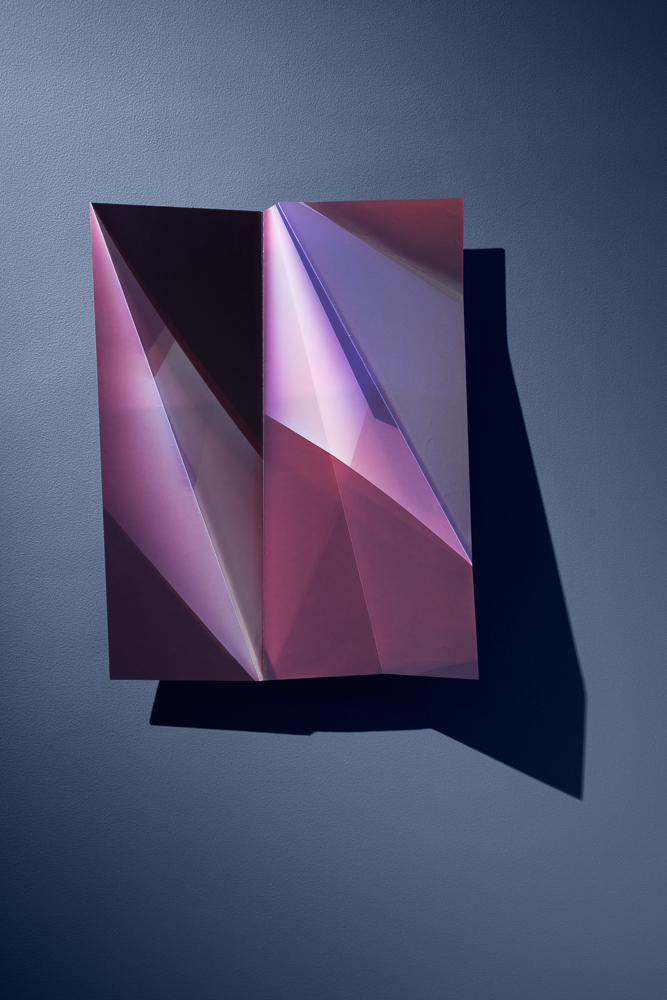
Douglas F. Cooley Memorial Art Gallery, Reed College. On view February 16—May 14, 2023
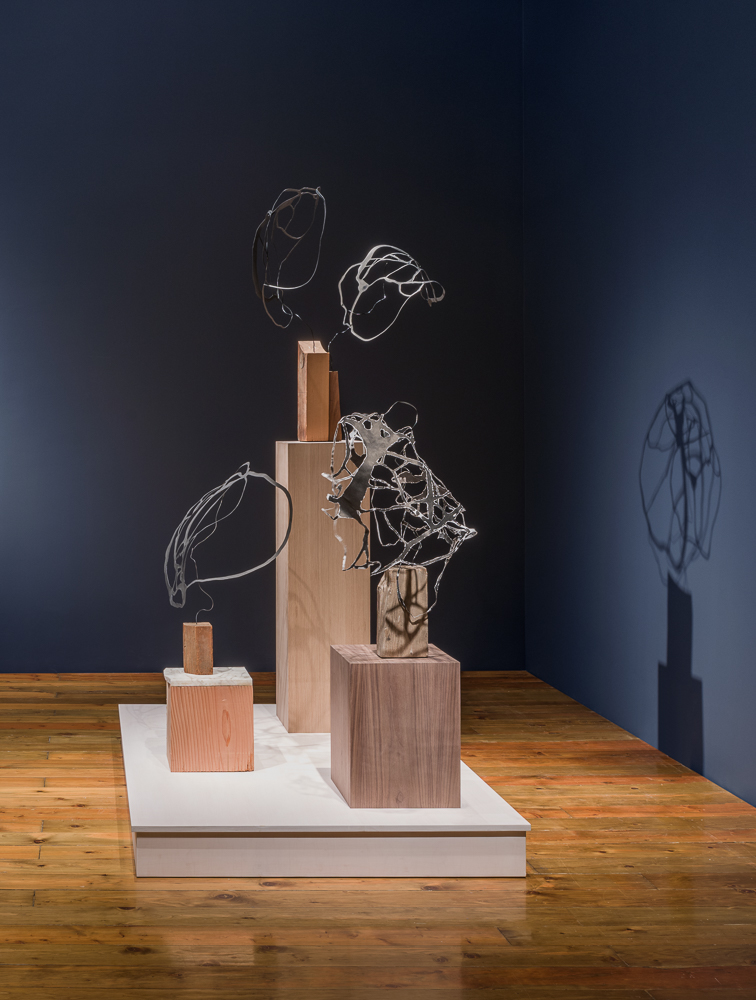
Douglas F. Cooley Memorial Art Gallery, Reed College. On view February 16—May 14, 2023
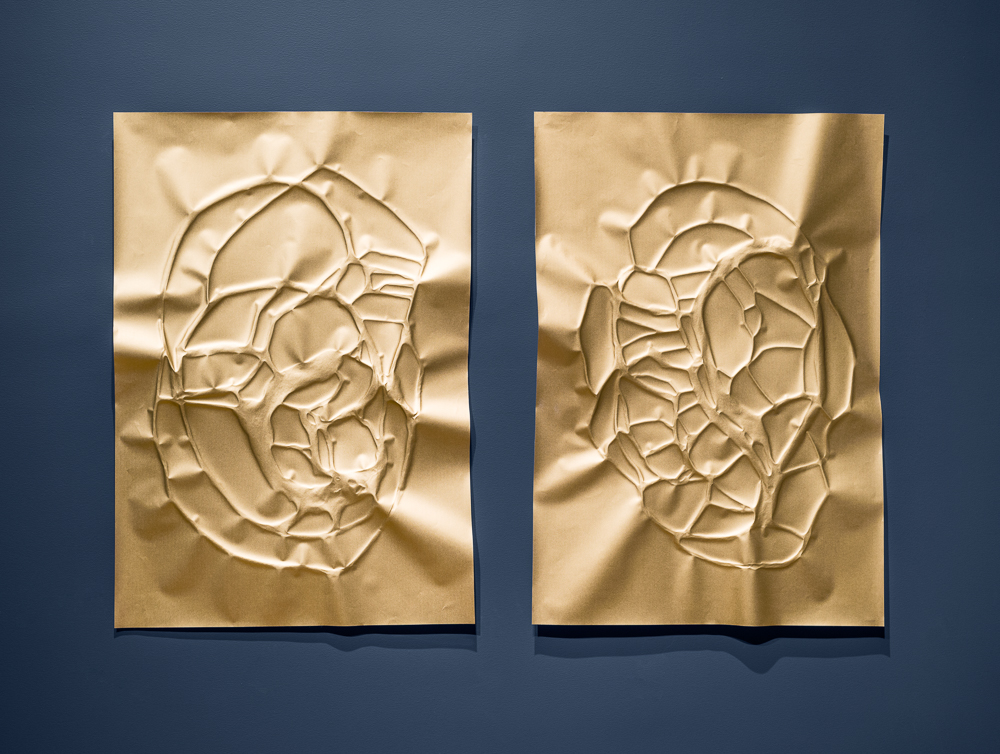
Douglas F. Cooley Memorial Art Gallery, Reed College. On view February 16—May 14, 2023
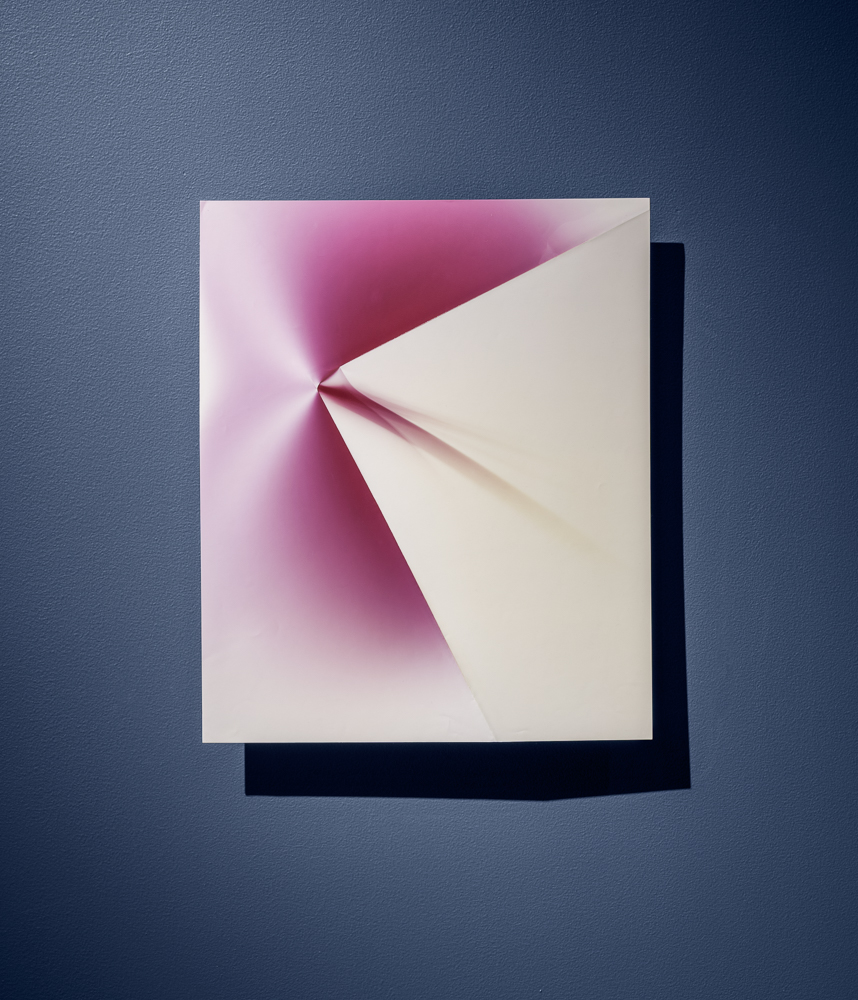
Douglas F. Cooley Memorial Art Gallery, Reed College. On view February 16—May 14, 2023
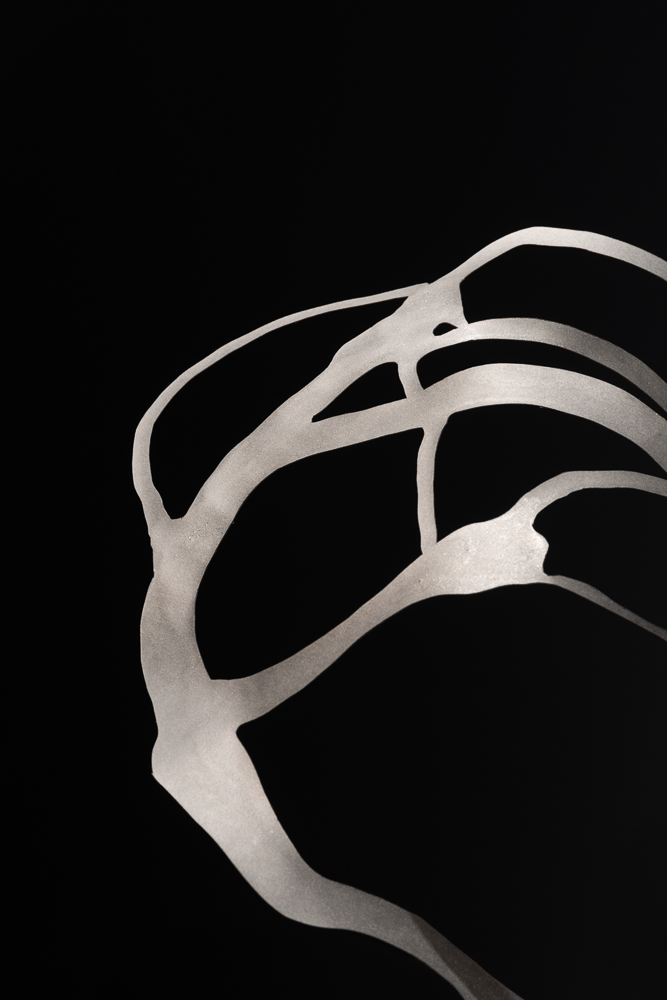
Douglas F. Cooley Memorial Art Gallery, Reed College. On view February 16—May 14, 2023
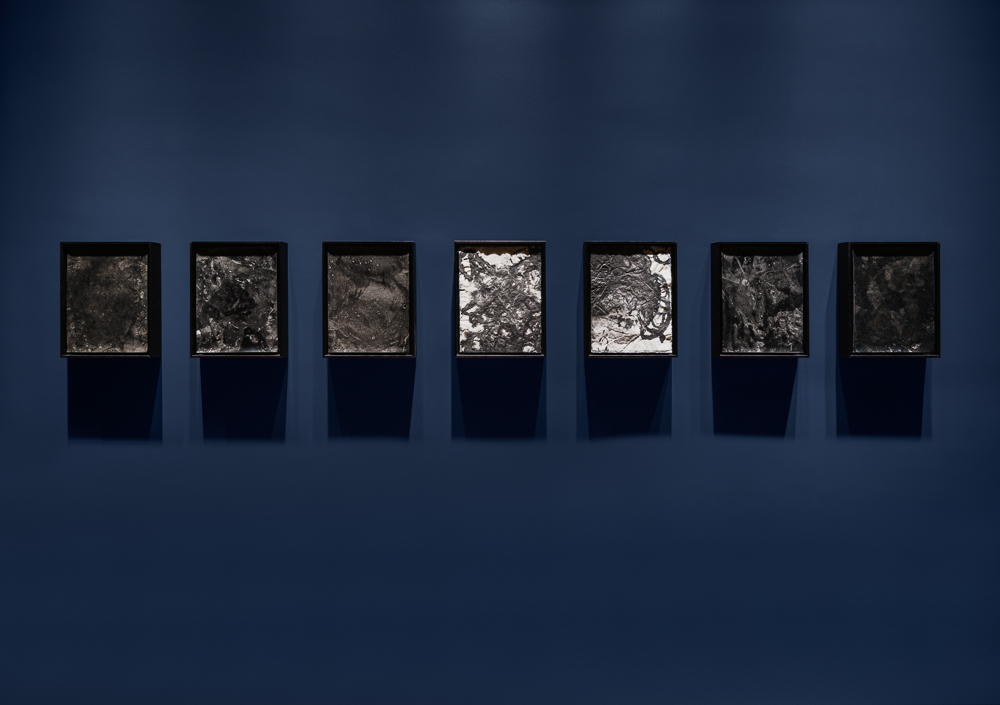
Douglas F. Cooley Memorial Art Gallery, Reed College. On view February 16—May 14, 2023
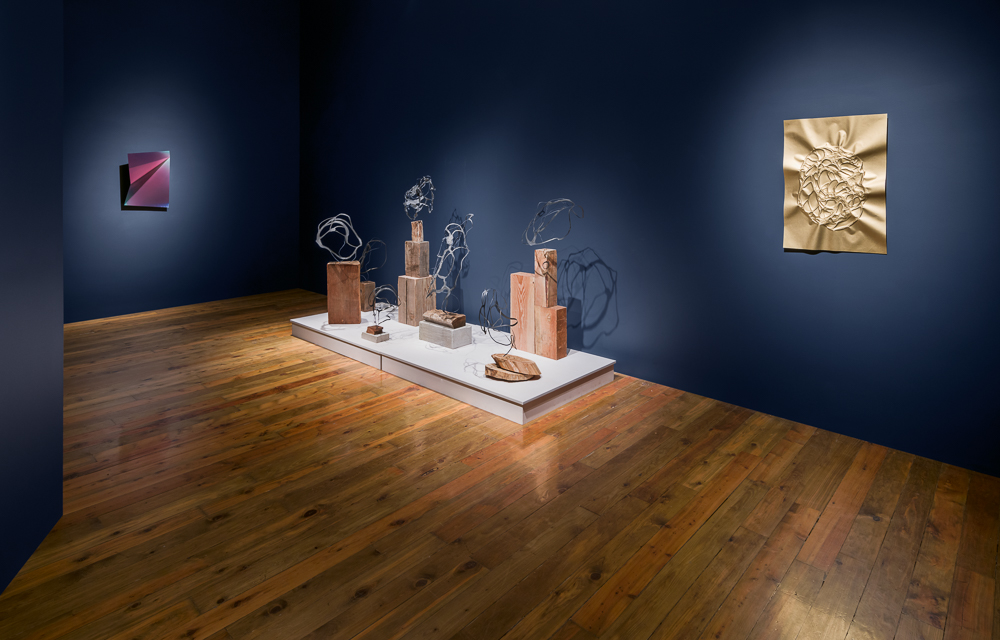
Douglas F. Cooley Memorial Art Gallery, Reed College. On view February 16—May 14, 2023
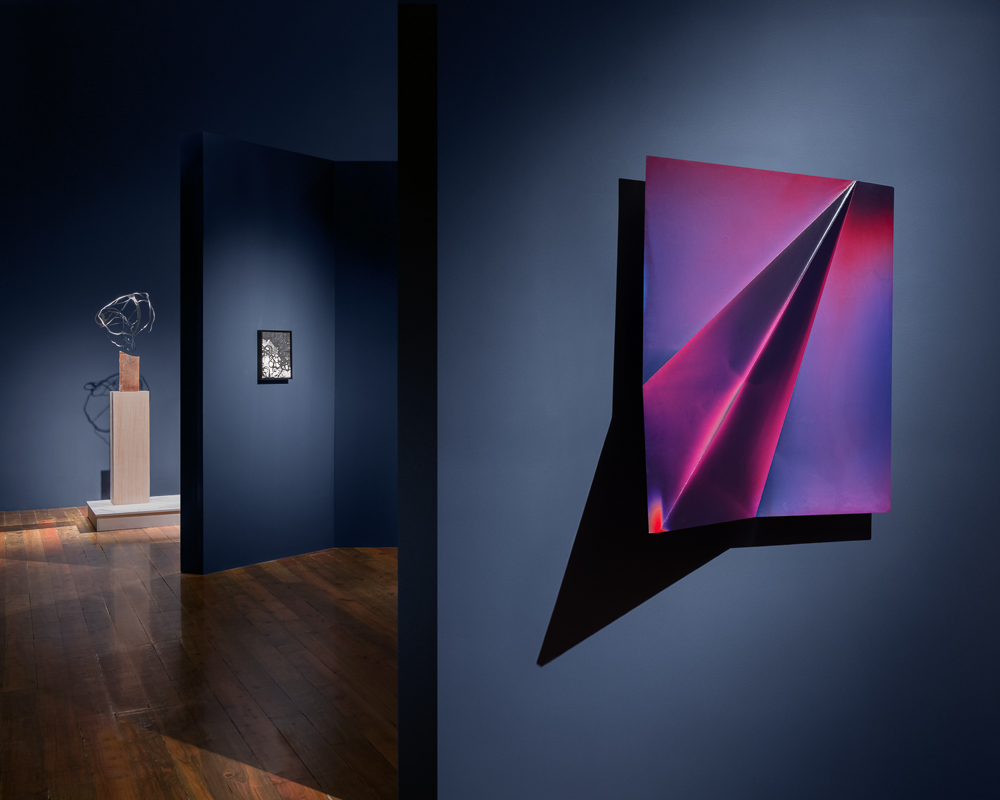
Douglas F. Cooley Memorial Art Gallery, Reed College. On view February 16—May 14, 2023
